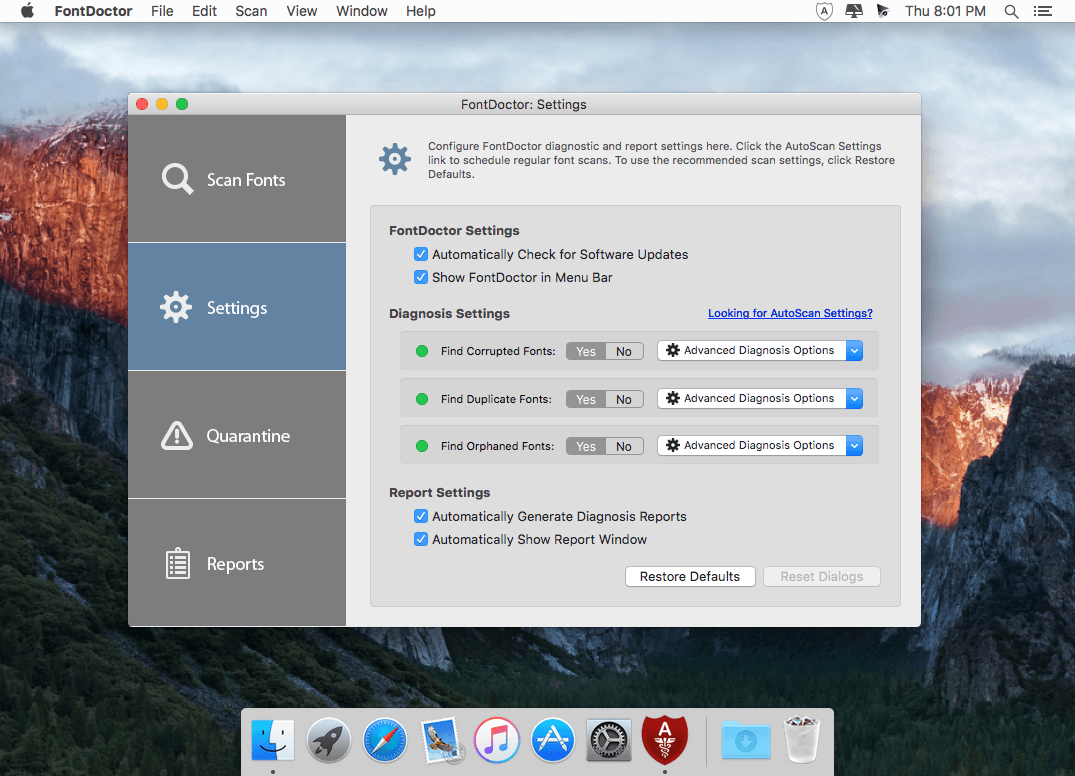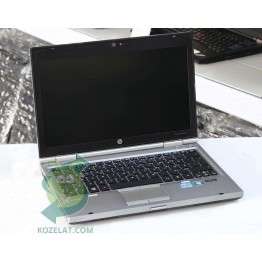

#Rightfont 3.3.0 windows#
For example, Windows traditionally uses a convention that there are 96 pixels per inch, thus making 'inch' However, true "per inch" conventions don't make much sense on computer displays since different monitors haveĭifferent number of pixels per inch. Most font APIs instead use "points", which are a common typographic measurement for describing font size, defined as 72 points per inch. The preferred interface for specifying font sizes in stb_truetype is to specify how tall the font's vertical extent should be in pixels. The vertical qualities of the font, used to vertically position and space the characters. The current point's vertical position is theīaseline. Current PointĪs you draw text to the screen, you keep track of a "current point" which is the origin of each character. Characters extend both above and below the baseline. Glyph shapes are defined relative to a baseline, which is the bottom of uppercase characters. GlyphĪ visual character shape (every codepoint is rendered as some glyph) Glyph indexĪ font-specific integer ID representing a glyph Baseline 65 is uppercase A, 231 is lowercase c with a cedilla, 0x7e30 is the hiragana for "ma". Some important concepts to understand to use this library: CodepointĬharacters are defined by unicode codepoints, e.g.

render glyphs to one-channel bitmaps with antialiasing (box filter).Native bindings to stb_truetype.h from the stb library.


 0 kommentar(er)
0 kommentar(er)
